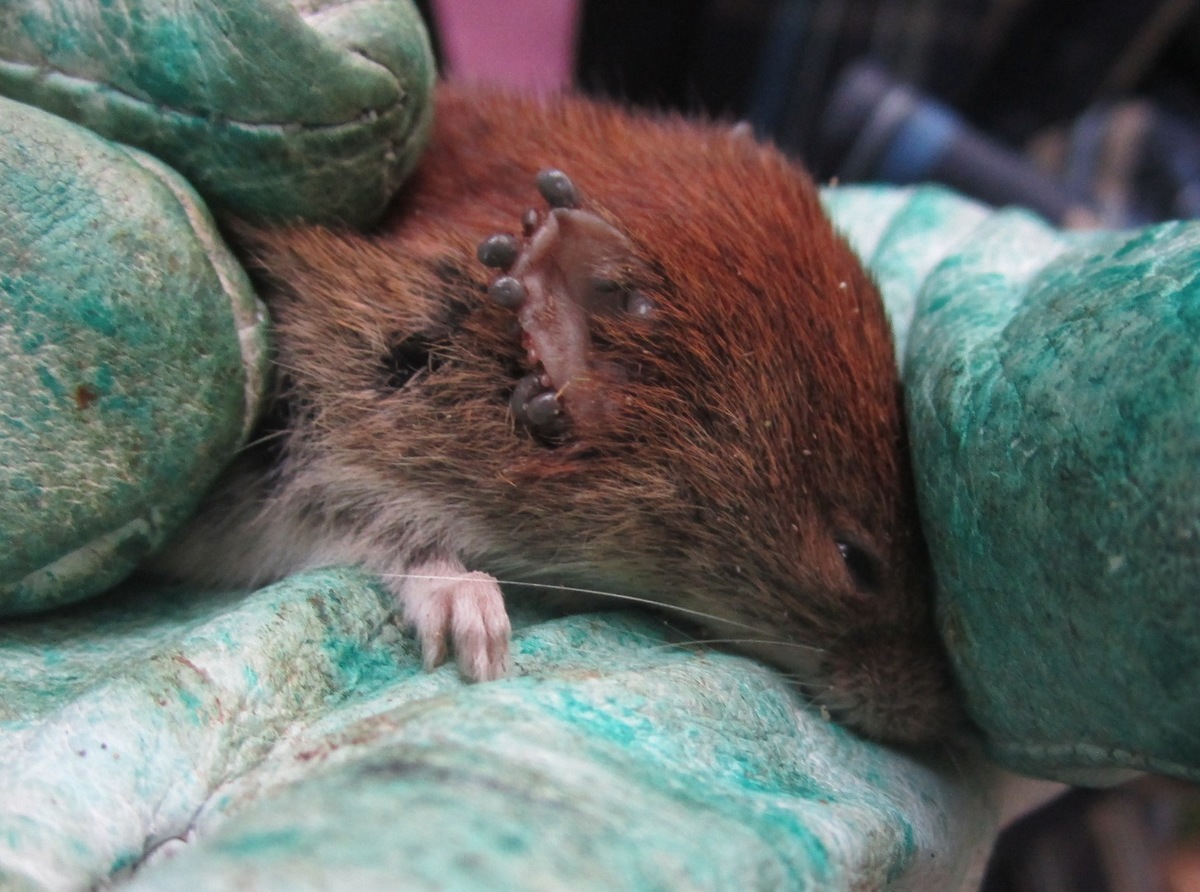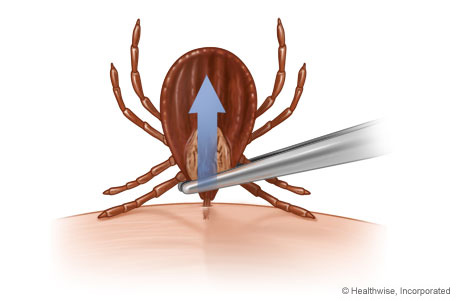Frequently asked questions about ticks
What are ticks?
Ticks are parasites and feed on the blood of their hosts. They belong to the class of arachnids (Arachnida) to the group of mites. Ticks do not have wings and cannot jump. Like spiders adult ticks and nymphs have eight legs, while larvae, as it is typical for mite larvae, have only six legs.
Where can you find ticks?
Ticks are distributed worldwide and are found in a variety of landscapes. They are found in grasslands, forests, rain forests and steppes. Ticks can be very well adapted to a particular habitat, so you can find them in rocky slopes or dry deserts. There is even a tick in Antarctica, which uses penguins as hosts.
How many tick species exist?
Nearly 900 different tick species have been reported worldwide, which belong to three families: hard ticks (Ixodidae, 701 species), soft ticks (Argasidae , 191 species) and the Nuttalliellidae, which only consists of one species (Nuttalliella namaqua).In Germany there are 19 species of ticks, of which 12 occur in Baden-Württemberg. The most common tick species in Germany is the castor bean tick (Ixodes ricinus).
Which are suitable hosts for ticks?
Many ticks are specialized on a particular host species, such as the pigeon tick Argas reflexus or Ixodes lividus, which can be exclusively found on bank swallows. Other species have a broader host range, such as the castor bean tick, with over 300 different host species, including reptiles, birds and mammals (including humans).
Do ticks fall from trees?
No. Ticks live either in or near the nests of their hosts or on the vegetation. There they crawl on grass or shrubs up to 1.50-2m and wait for a potential host .
What's the purpose of ticks in the ecosystem?
Like other parasites, ticks are important components of ecosystems and communities. They can, beside the natural competition for resources and predation, regulate the density of animal populations. They transmit pathogens and can cause anemia and other mechanical damage (wounds). Weak, sick or old animals, with a weak immune system and which could therefore be " sorted out " of an animal population.
Which pathogens do they transmit?
Ticks can transmit many pathogens, including bacteria, viruses and protozoa. The most important pathogens for Germany are Borrelia spp. and the TBE-virus. Borrelia burgdorferi is the causative agent of Lyme disease which is transmitted approximately 12-24 hours after the tick bite. Lyme disease can have many symptoms, so it is difficult to diagnose. A characteristic symptom is Erythema migrans, a ring-shaped rash, which can be observed after a few days to weeks around the tick bite. However, the rash does not occur in all infections. The disease can be treated with antibiotics when detected early.The TBE-virus is the causative agent of tick-borne encephalitis (TBE). The pathogens can be transmitted immediately after the bite.
How do you remove a tick?
A tick is removed easily with a sharp pair of tweezers by pulling the tick out. It is important that the body is not crushed or squeezed, because otherwise the ticks saliva and the content of the mid gut, which can both contain pathogens, vomits into the wound and thus increases the risk of infection. If you don't trust yourself to remove the tick, it is advisable to consult a doctor. You should never use oil, gasoline, nail polish remover or glue to kill the tick, because it will vomit saliva, intestinal contents and thus pathogens into the wound.How can you protect yourself from ticks?
You can buy so-called repellents in pharmacies and drugstores that protect to some degree against tick bites. Depending on the product, it is useful to treat both the skin and the clothes (nfollow the information and direction for use). Wearing light-colored clothing is beneficial because you can see the ticks better. It is also useful to wear long pants and shirts. Avoid contact with vegetation. Clothes and exposed skin should be examined for ticks every 30-60 minutes. After spending time outdoors, it is advisable to examine the entire body for ticks.




